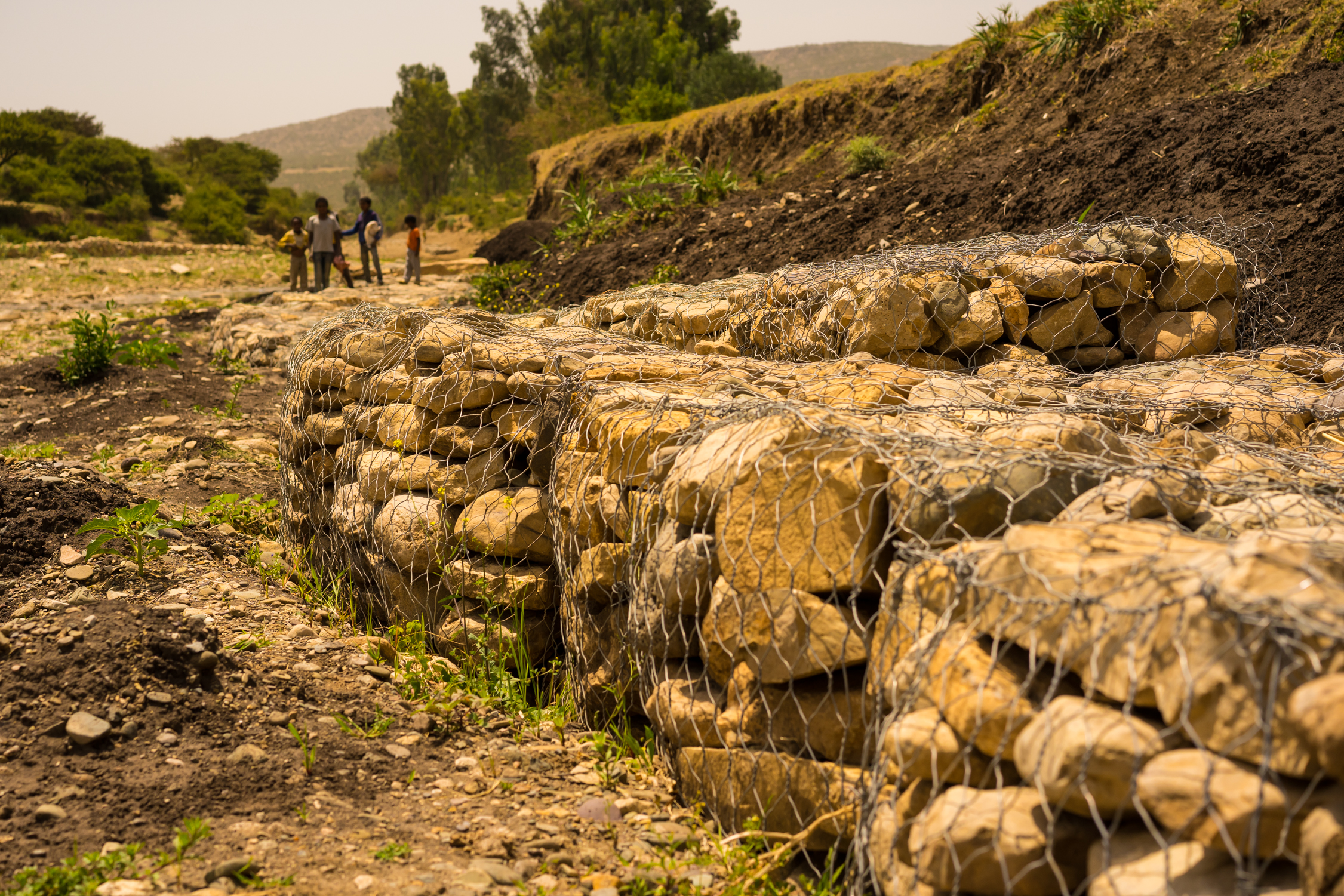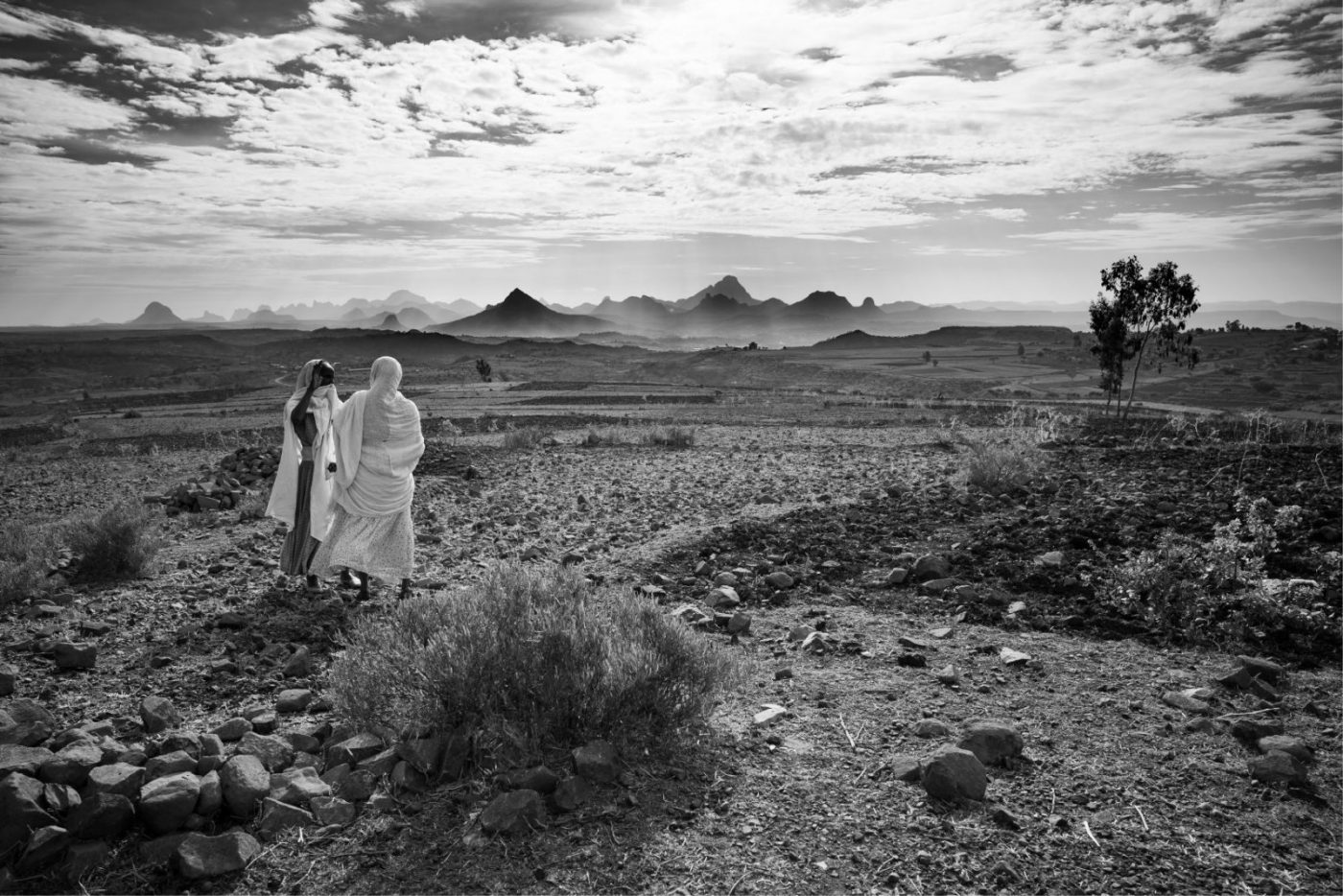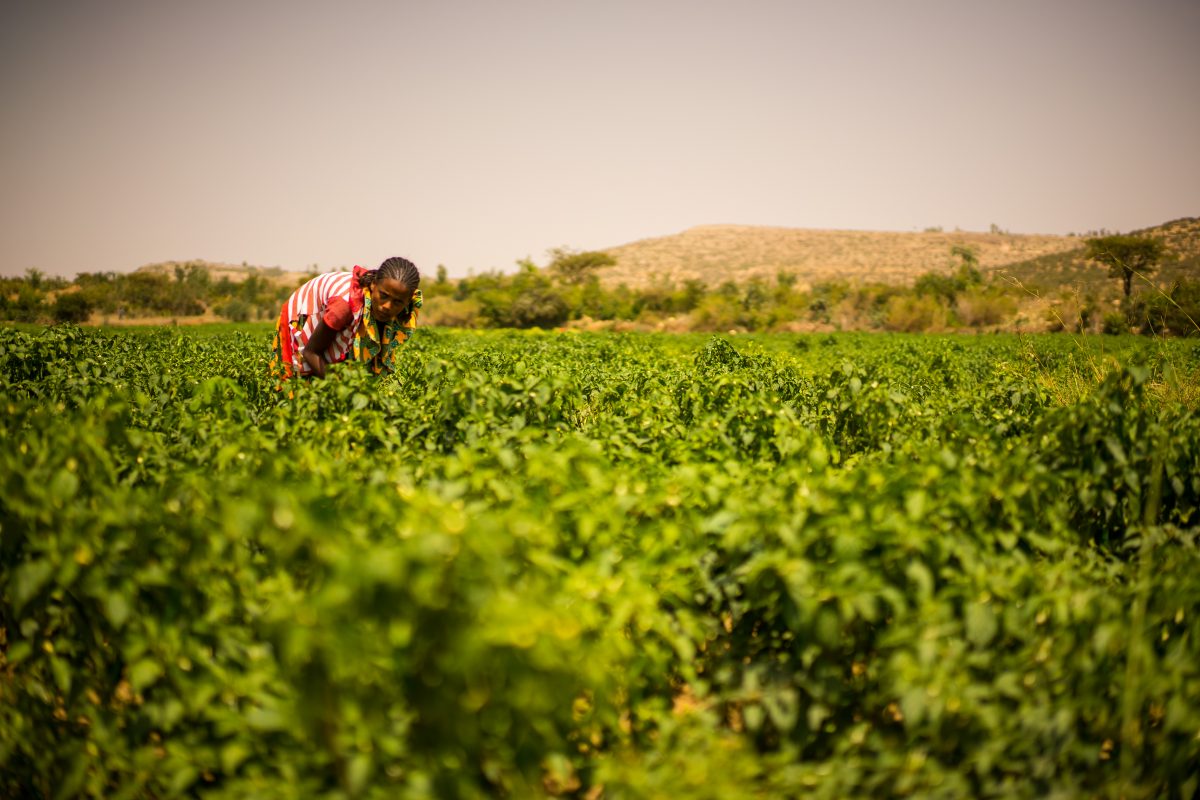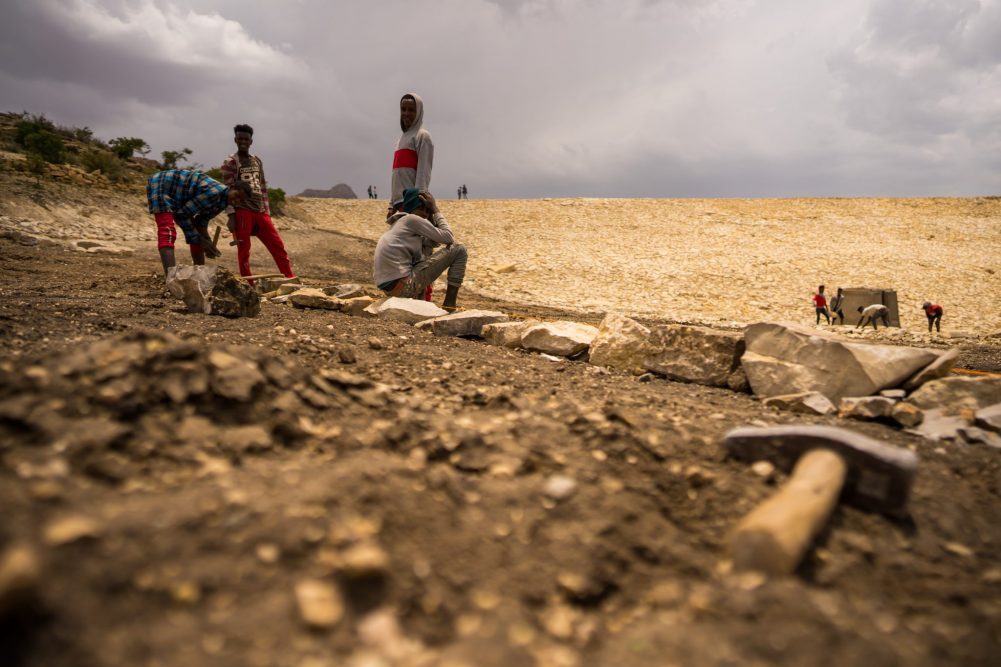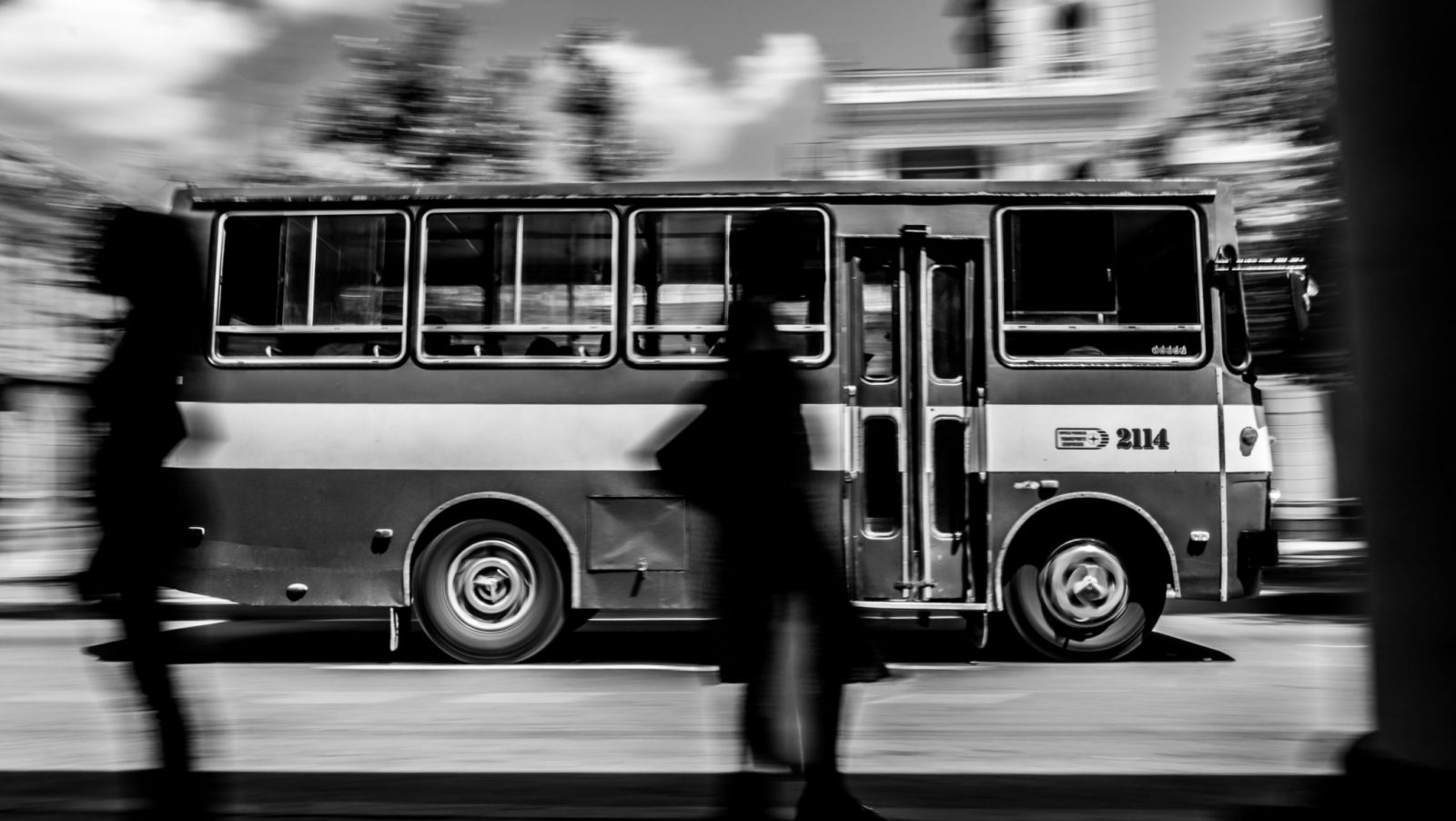ETIOPIA IV
Kainaberak II project
This article is available in 3 languages:
Euskara | English | Castellano
If you have not done it yet, I recommend you to check first the post about the Mini Dam, where all the context about this project is explained:
In this case the foundation was participation in the reparation and conditioning of a small stream, planting sugarcane trees on the riverside with the aim of reducing the erosion and protecting the cultivable lands that surround and follow the river downstream.
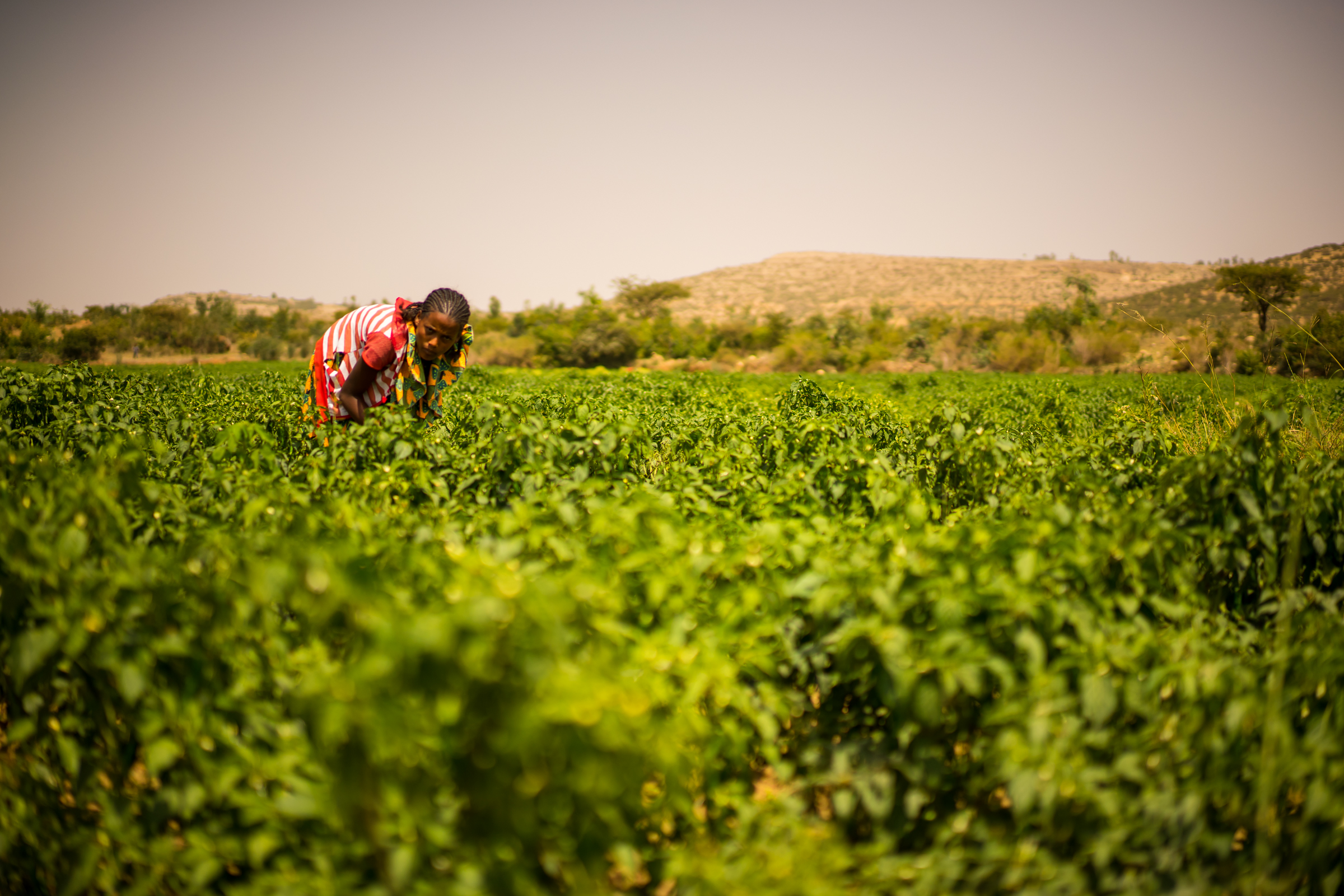
I was already in the last stage of my stay and once again, along with our workmates from REST (the local NGO), I had the pleasure of meeting the Ethiopian engineer who was in charge of the reconditioning of the stream. After driving a path full of holes and bumps we reached the riverside, a small valley with no much vegetation on the hillsides but that showed a very intense green on its cultivable fields.
At that time the river did not carry much water but it’s path drew a very clear and deep path. On its surroundings large land-fields spread where farmers were working. The small dam allowed the water levels to maintain a minimum level upstream and also to reduce the intensity of the water flow when big rains happened. However, one of the sides of the structure had lost its base and had started to crack, being this a risk for the people and lands downstream.
The aim of the project was to reinforce the foundation and build a stronger wall so it could resist the intense floods.
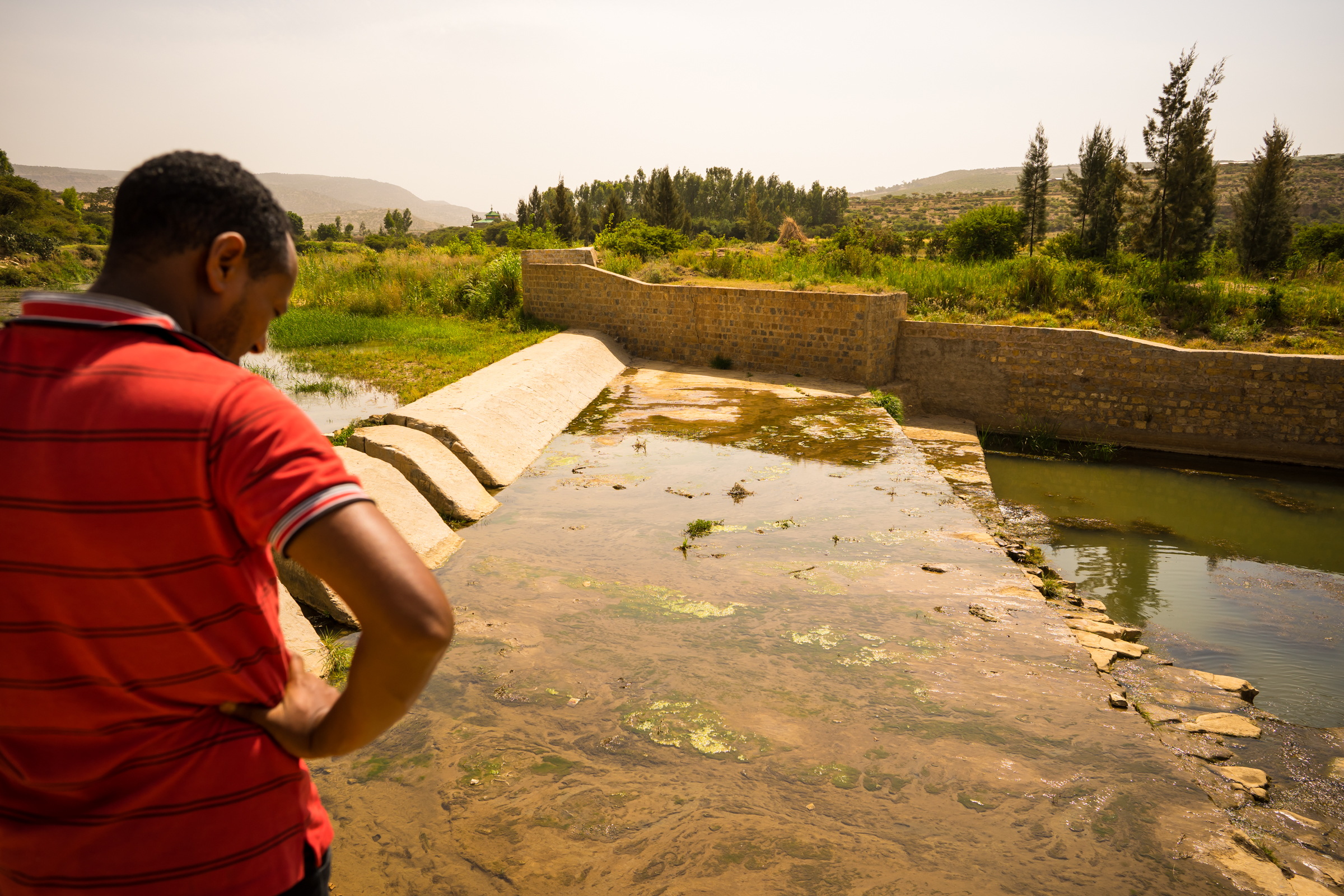
The most important fact about this project weren’t the activities themselves, but to learn how the community responds to this kind of initiatives. Knowing the necessity and importance of the cultivable lands around the stream and being aware of the erosion that was happening at some areas, the inhabitants of the region organised teams and took part in the project providing labor, building walls and strengthening the most vulnerable areas.
Apart from the people working in the lands were green peppers and many other vegetables were being grown, within the stream there were men, women and young people working together in order to break, transport and place the rocks in blocks that afterwards were sewed with wire.
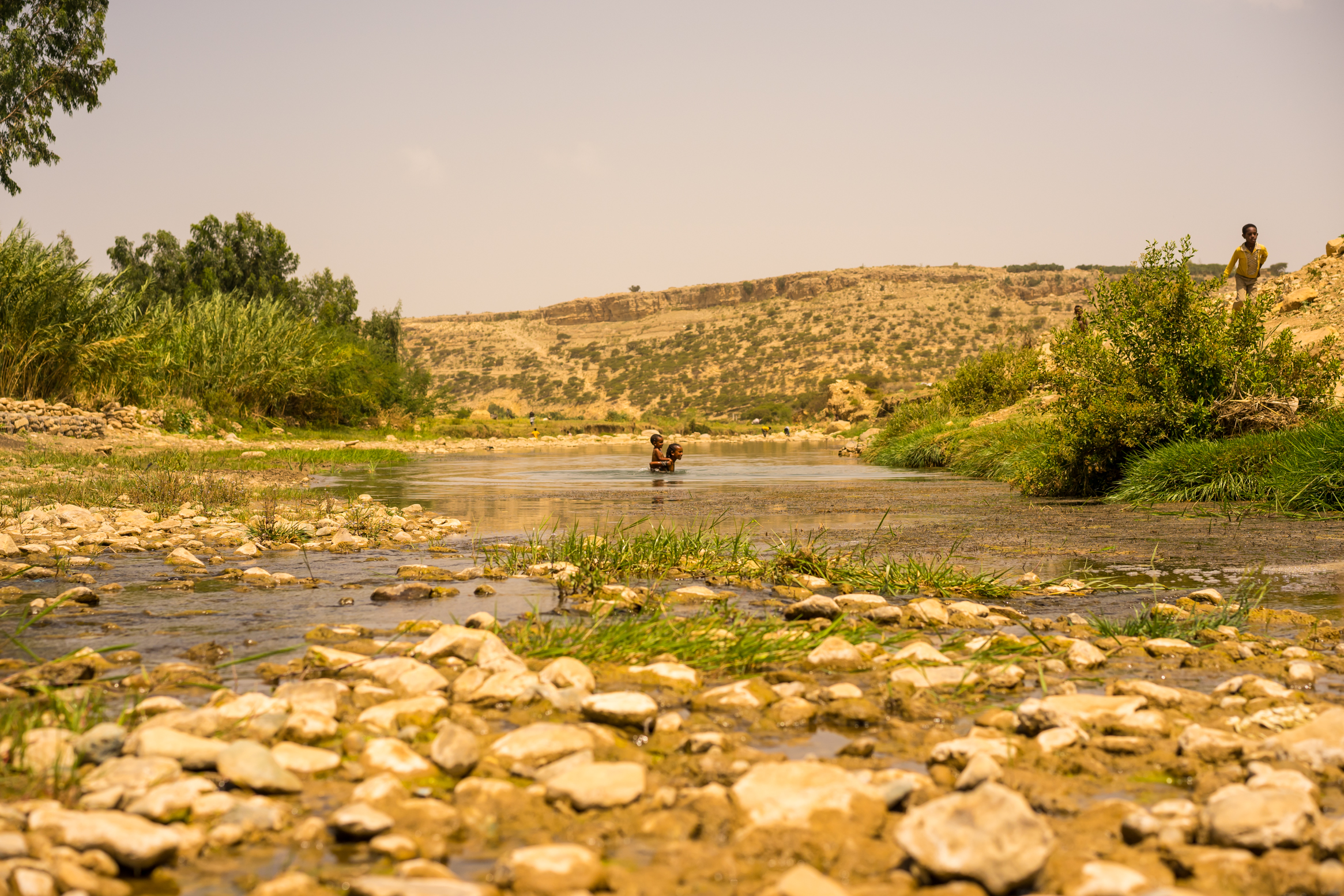
Water is synonym of life and an asset that is barely appreciated by those who open the tap and have it with no issues ever day. The effort of the people working over there and the happiness with which some of the kids were able to enjoy a refreshing bath made of this visit another experience to think, be conscious and learn to value what we have.
Check other posts:
Ethiopia VI – Ibili Kaleak street photography (eng)
Street photography project in Ethiopia; livings, thoughts and curiosities.
Ethiopia V – Wukro Atletismo (eng)
A journey through Wukro and its athletes team in order to understand what is passion.
Ethiopia IV – Kainaberak II project (eng)
Another project related to the water and community actions.
Ethiopia III – Mini Dam (eng)
My experience and learnings from a dam we visited in Ethiopia.
Shooting modes for street photography
In this post I explain alternative shooting modes from automatic in order to get the maximum of our camera in street photography.

